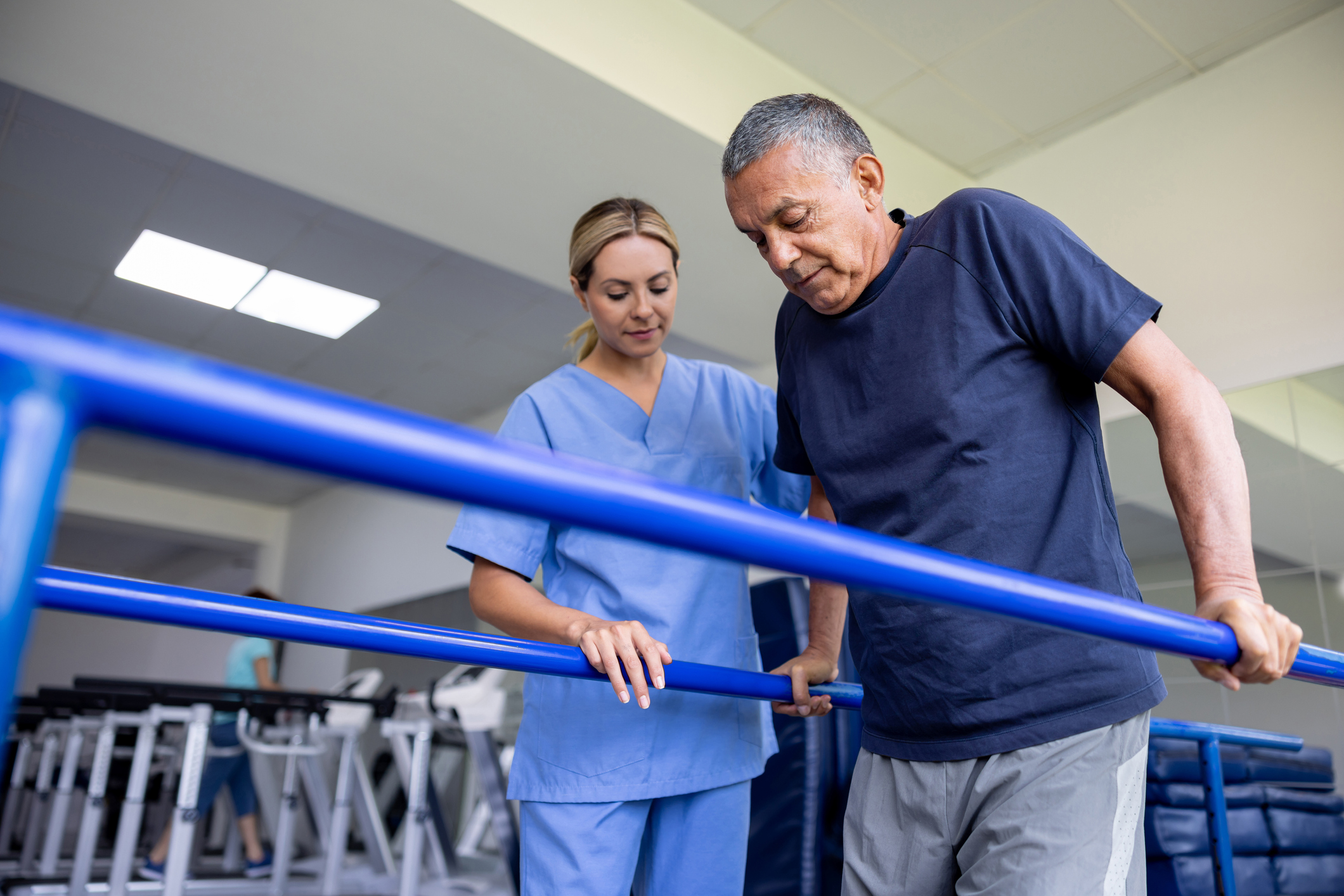
One of the primary benefits of resistance conditioning in rehabilitation is its ability to improve muscle strength and stamina. When muscles are more powerful, they can better stabilize joints and minimize the risk of re-injury. For instance, an individual healing from a knee trauma can benefit from exercises that fortify the quadriceps and back thigh muscles. These muscles play a vital role in supporting the knee joint. By including resistance training into their recovery plan, individuals can recover their strength more efficiently and securely.
In addition to developing power, strength conditioning also improves mobility and scope of motion. Many traumas can lead to rigidity in the affected region, making it difficult for individuals to move easily. Strength training exercises often involve extending and lengthening the muscular tissues, which can assist restore mobility. For instance, incorporating resistance bands or dumbbells into flexibility programs can enhance the efficacy of these workouts. As flexibility see this here enhances, individuals can perform movements more efficiently, which is crucial for optimal performance in their activity.
Another crucial factor of resistance conditioning in sports rehabilitation is its positive impact on mental health. Recovering from an trauma can be a difficult and exasperating process for athletes. Engaging in strength conditioning can offer a sense of accomplishment and boost self-esteem. As individuals see improvements in their strength and capabilities, they may feel more motivated to continue their recovery journey. This mental boost can be just as crucial as the bodily benefits, as a positive attitude can lead to better results in rehabilitation.
Finally, strength training can help individuals move back to their sport more smoothly. Once they have recovered their power and flexibility, athletes must to rehearse sport-specific actions to guarantee they are ready for contests. Resistance training can be integrated with activity-specific drills to create a comprehensive rehabilitation program. This blend allows individuals to not only heal but also enhance their performance. By concentrating on both recovery and performance, resistance training becomes an essential instrument in the rehabilitation journey, assisting individuals return to their activity stronger and more durable.